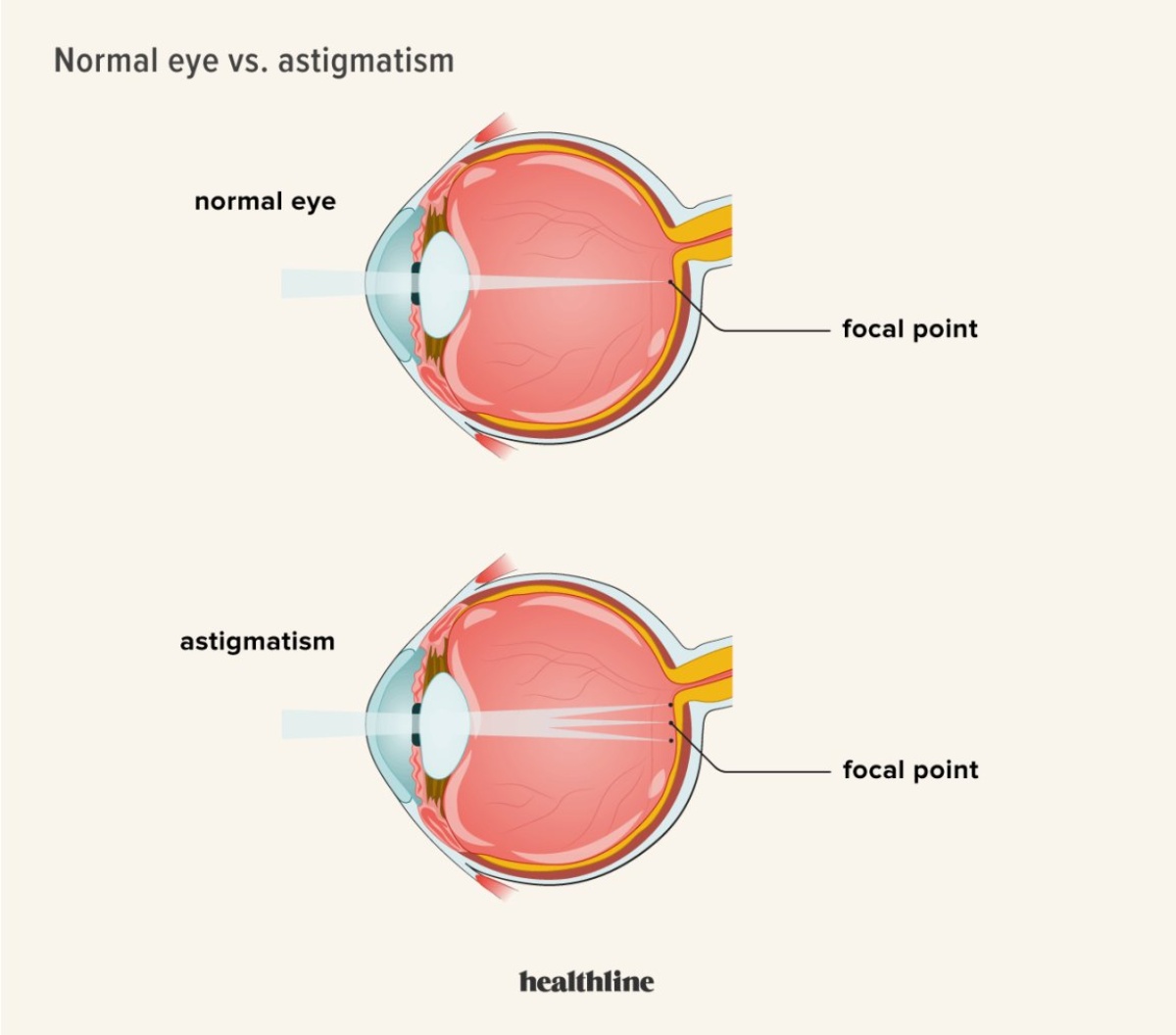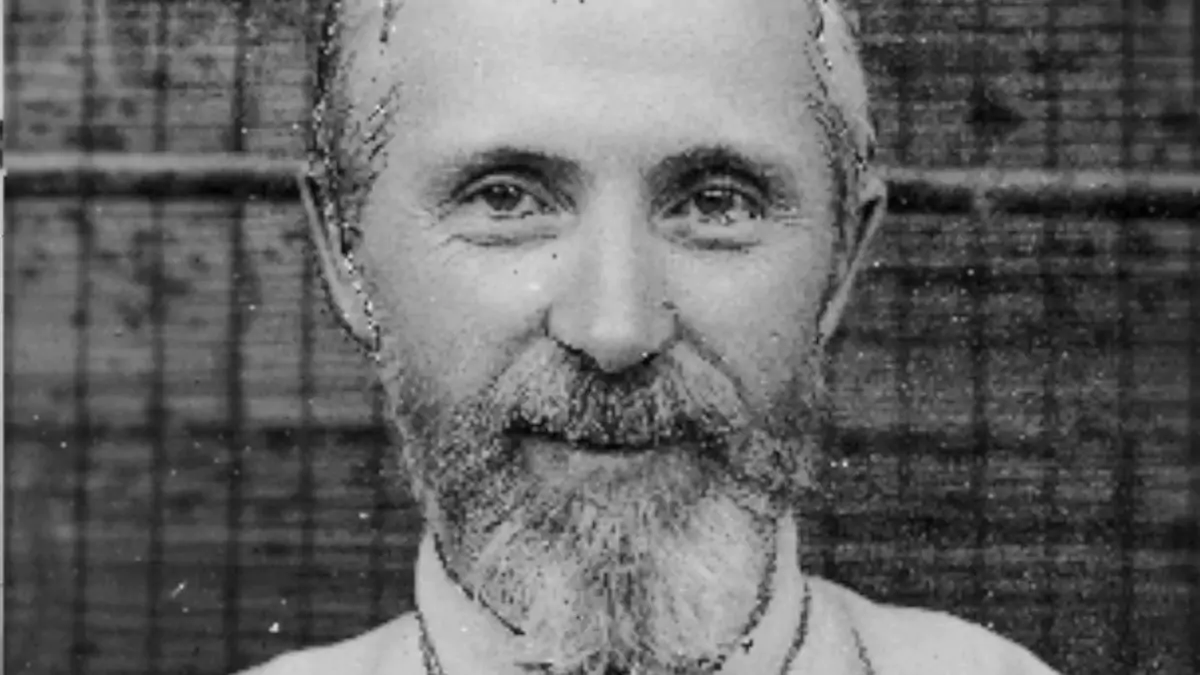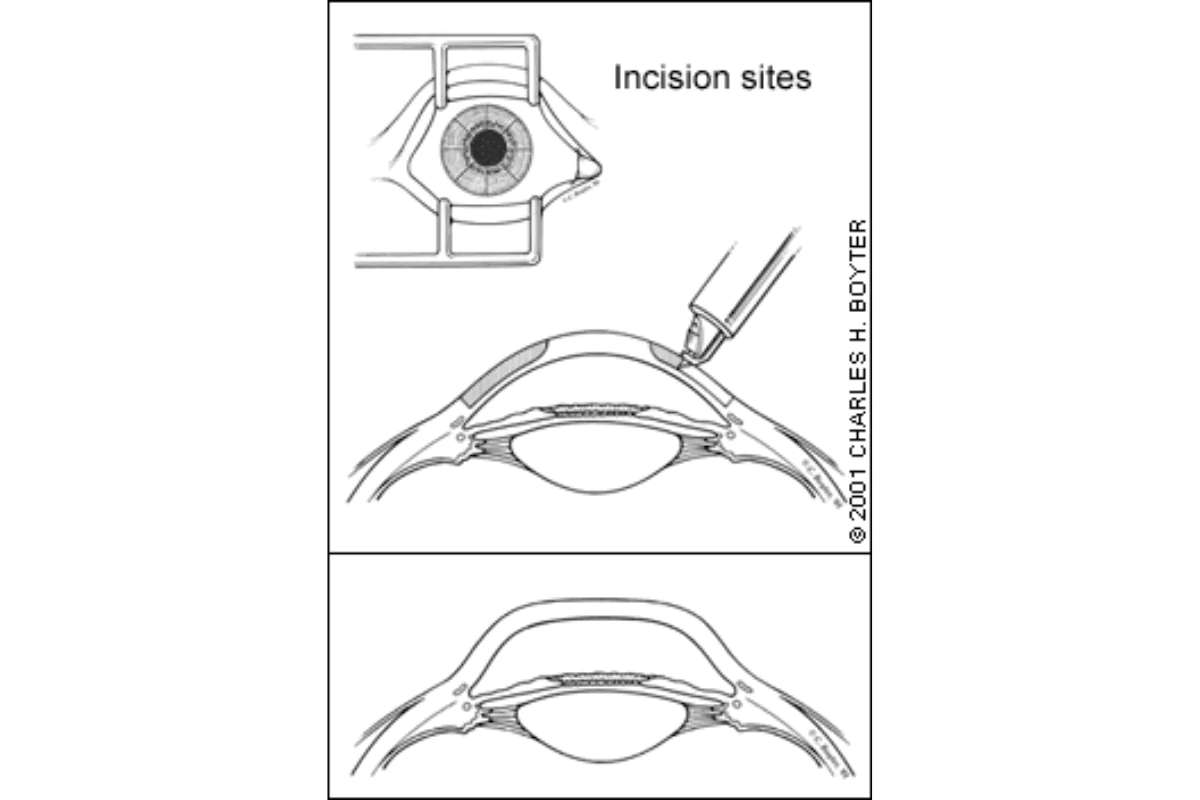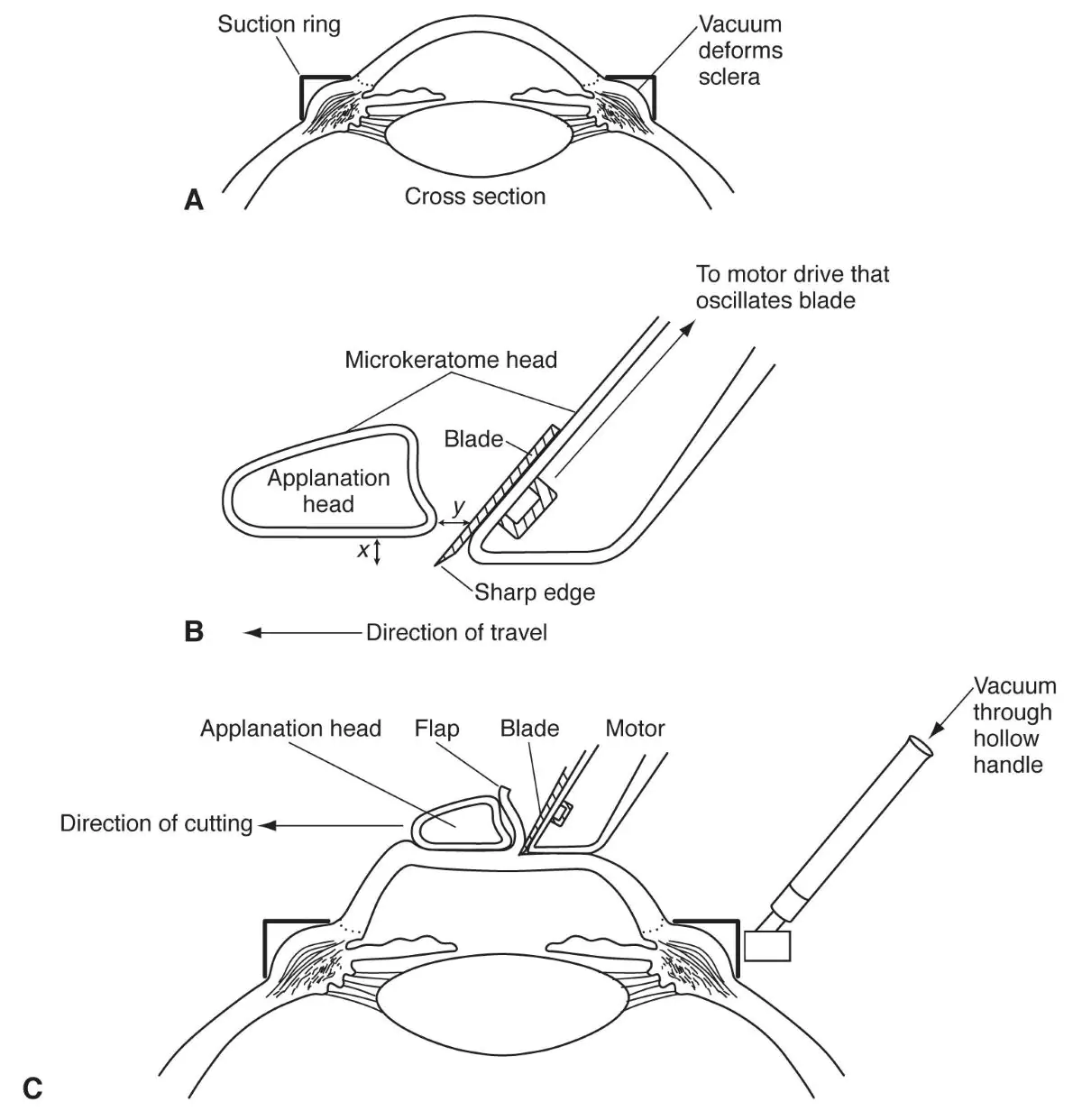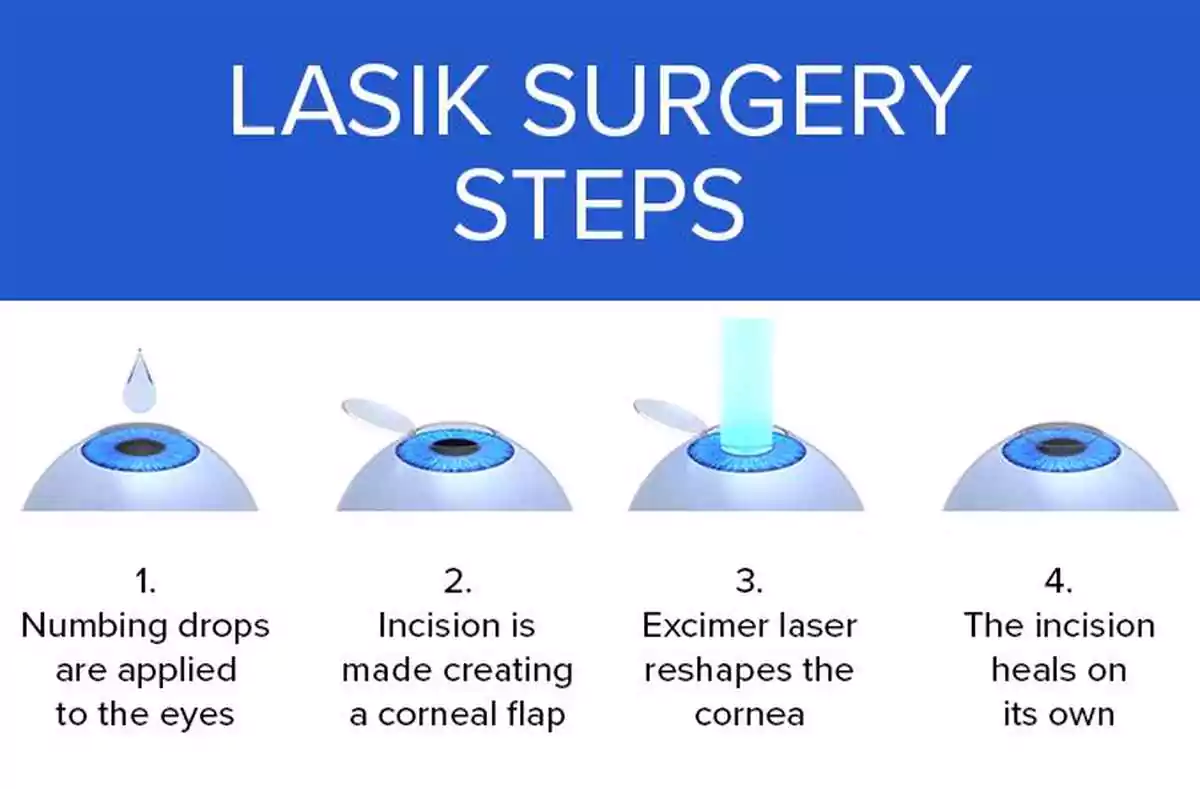Who Invented Laser Eye Surgery?
Have you ever wondered who came up with the brilliant idea of laser eye surgery? Well, you’ve come to the right place to find out.
Today, we’ll explore the fascinating world of laser eye surgery and uncover how it evolved into the efficient, life-changing procedure it is today.
1896: The first paper on refractive surgery is written
The roots of laser eye surgery can be traced back to 1896, when Dr. Lendeer Jans Lans penned a paper in which he discussed a specific problem called astigmatism.
In astigmatism, the shape of the cornea (the transparent outer part of the eye) is not perfectly round. This can cause blurry or distorted vision.
Dr. Lans proposed in his paper that by carefully cutting the cornea, it could be reshaped. This procedure could then correct astigmatism.
This paper laid the foundation for what would later be known as laser eye surgery.
1930s: Early refractive surgery on war pilots
Tsutomu Tsato, an ophthalmologist from Japan, carried out eye surgeries on war pilots in the 1930s. These surgeries involved making small cuts in their corneas and were aimed at improving their vision so they could perform better in missions.
The surgeries appeared to be a success at first, but over time, the pilots’ corneas started to get weaker and their vision began to deteriorate. This caused vision problems for the pilots — an unexpected and unwanted consequence.
This experience proved that more research was needed to improve the techniques and ensure that surgeries for correcting vision were safe and would not have long-term consequences.
1948: A Pioneer of refractive surgery
Father Waclaw Szuniewicz, a talented ophthalmologist from Poland, made further advancements in the study of laser eye surgery when he conducted experiments at Yale University in 1948. His focus was on reshaping the cornea to improve vision.
Through his experiments, Father Szuniewicz explored different methods and techniques to reshape the cornea and correct vision problems. This groundbreaking work paved the way for the development of refractive surgery, including laser eye surgery.
1960s: Invention of two procedures
In the 60s, Dr. Jose Barraquer came up with not one, but two procedures to help people with vision problems. The first is keratomileusis (ker-a-to-mi-loo-sis), and the second is keratophakia (ker-a-to-fak-ee-a).
In keratomileusis, the cornea is carefully reshaped using a special tool to improve vision. And in keratophakia, a tiny lens is inserted into the cornea to correct vision.
1970: Invention of radial keratotomy
By 1970, Dr. Svyatoslov Fyodorov, a Russian ophthalmologist, had developed a procedure called radial keratotomy. This procedure aimed to improve a person’s vision by making small cuts in the cornea using a diamond blade knife.
Dr. Fyodorov found that he could correct vision problems and enhance visual acuity by carefully making these cuts in a specific pattern. Visual acuity refers to how well a person can see and distinguish objects.
The idea behind radial keratotomy was that the cornea could be reshaped to focus the light entering the eye properly, so one can see more clearly.
1973 to 1987: Invention of excimer laser
Between 1973 and 1983, three researchers (James Wynne, Rangaswamy Srinivasan, and Samuel Blum) developed the excimer laser. It was a big deal because this laser had special properties that made it perfect for eye surgery.
In 1987, the use of an excimer laser in vision correction was patented. This meant the technology was protected, and people couldn’t copy it without permission.
That same year, the excimer laser was successfully used in laser eye surgery for the first time. This type of surgery is called photorefractive keratectomy (fo-to-re-frac-tive ke-rih-tek-toh-mee).
In photorefractive keratectomy, the excimer laser is used to change the irregular shape of the cornea in order to correct vision problems.
1991: First successful LASIK eye surgery
American doctors Dr. Stephen Slade and Dr. Stephen Brint made history when they became the first medical professionals to successfully perform Laser-assisted in situ keratomileusis (LASIK).
The invention of a special tool called the microkeratome was a game-changer that made this advancement possible. It was used to create a small flap in the cornea. This flap allowed the excimer laser to fix refractive errors like nearsightedness.
Soon enough, LASIK surgery became a popular choice for vision correction due to its great precision and effectiveness.
2001: Improvements in LASIK with the invention of femtosecond laser
In 2001, LASIK surgery got an upgrade with the invention of the femtosecond laser.
Biomedical engineer Dr. Tibor Juhasz was the man behind this feat, as he spearheaded the development of the femtosecond laser for LASIK surgery.
What’s interesting about this laser is that it made it possible to perform LASIK surgery without using a blade. Thanks to him, the entire procedure could now be done with lasers instead of a physical blade.
Using the femtosecond laser made LASIK surgery more precise than ever before. It allowed for extremely accurate and controlled incisions in the cornea, therefore increasing the procedure’s effectiveness.
Not only that, but the femtosecond laser also reduced patients’ recovery time. They could return to their normal daily routine more quickly.
Future of laser eye surgery
Researchers are now working on a new technique that uses special microscopes. Doing so would eliminate the need for lasers, and by extension the cutting of the cornea. Overall, it would make LASIK surgery safer as well as more precise.
Another innovative idea being explored is creating eye drops that can fix vision problems. Instead of having surgery, you would just put drops in your eyes. Scientists are studying this to see if it works and is safe.
While these ideas are still a work-in-progress, they could all significantly change the landscape of laser eye surgery in the future.
Explore LASIK surgery: Improving vision made easy
Laser eye surgeries like LASIK have come a long way, and they now make permanent vision correction much more accessible and effective.
To learn more about LASIK surgery and its potential benefits, consult an eye care professional or read up on it here.

Written by:
Phoebe Jade











